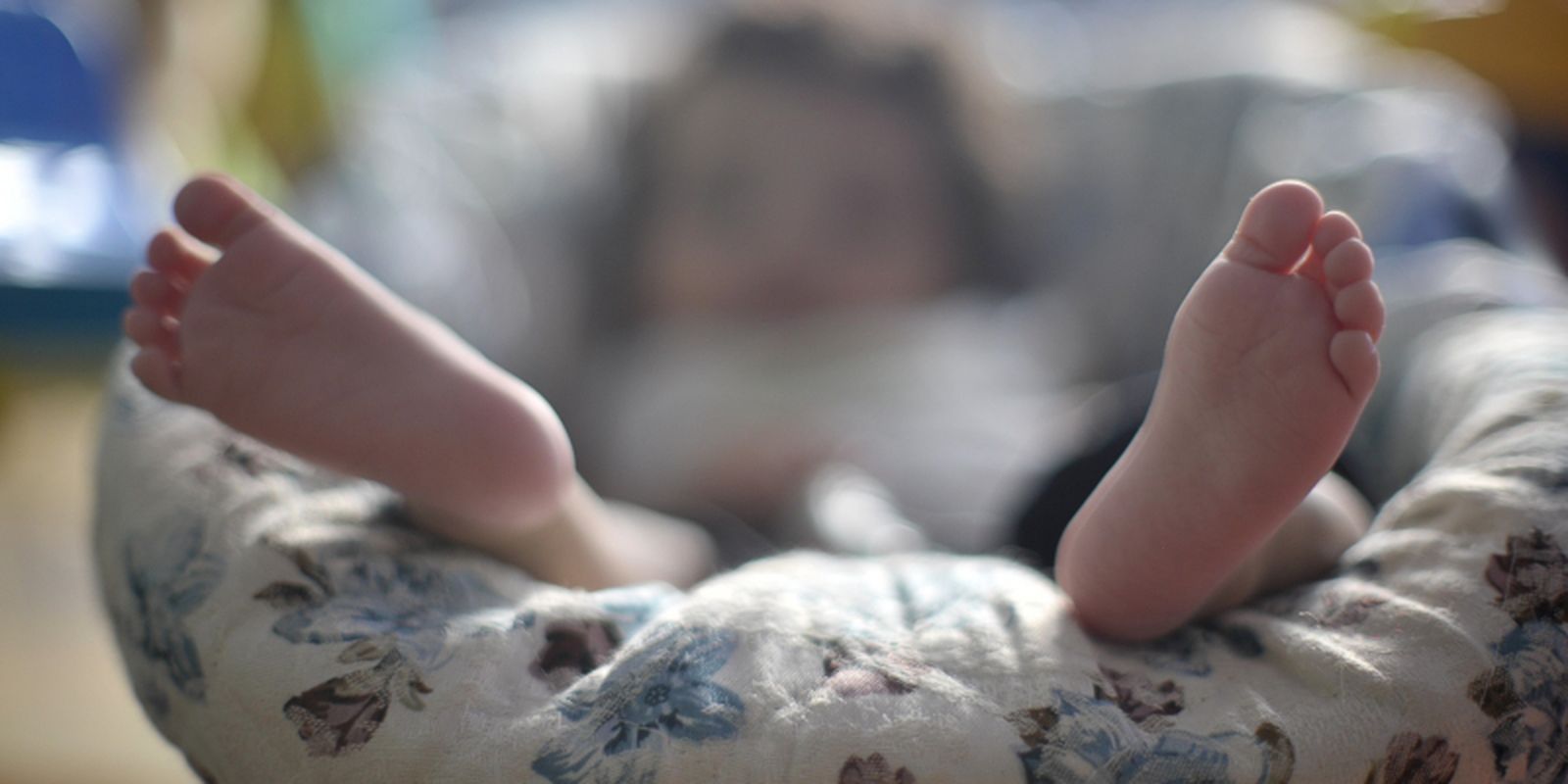In 2021, the second year of the covid-19 pandemic, 90% of people with the role of caregivers for children, the elderly, people with disabilities and the sick were women, in the state of São Paulo. According to a survey by the Seade Foundation, entitled Home Care, the same percentage corresponds to the share of caregivers who are related and share a home with those they care for.
The proportion is repeated, once again, when it comes to women caregivers of people with disabilities. In this case, caregivers who were family members and lived in the home of the person receiving care were 93% of the total. The caregivers of the sick were also mostly women (84%) and relatives residing in the household (88%).
The percentage of caregivers of children up to 5 years of age rises to 95%, with the majority (94%) being relatives residing in the same household.
The gender division changes among caregivers of the elderly. Two circumstances were analyzed: when care involved elderly people up to 70 years of age and when it was aimed at those aged 71 years or older. In the first situation, women represented 73% of caregivers and 82% were relatives residing in the household. In the second case, the proportion of women in care work is higher (84%) and lower in relation to kinship (72%), which may indicate that the tendency is to seek a professional caregiver as age increases.
Of the total number of caregivers who composed the survey, 7% were hired, the majority (94%) being directly by the residents of the household. In 5% of cases, hiring was done through a cooperative or agency.
Still on the profile of caregivers, it was learned, through the foundation, that 32% of them had a course related to care or the health area. What predominates are caregivers aged between 30 and 59 years (63%).
sum of shifts
Another point highlighted in the study is that between 15% and 26% of caregivers were responsible for more than one person. The highest percentages were observed among those who took care of the sick and the elderly aged up to 70 years.
In addition, the accumulation of tasks is something that the study authors proved to be part of the reality of caregivers. Almost half of caregivers (44%) were also responsible for household chores. It was also found that 16% reconciled care with work at home, 12% worked outside the home and 14% were out of work.









